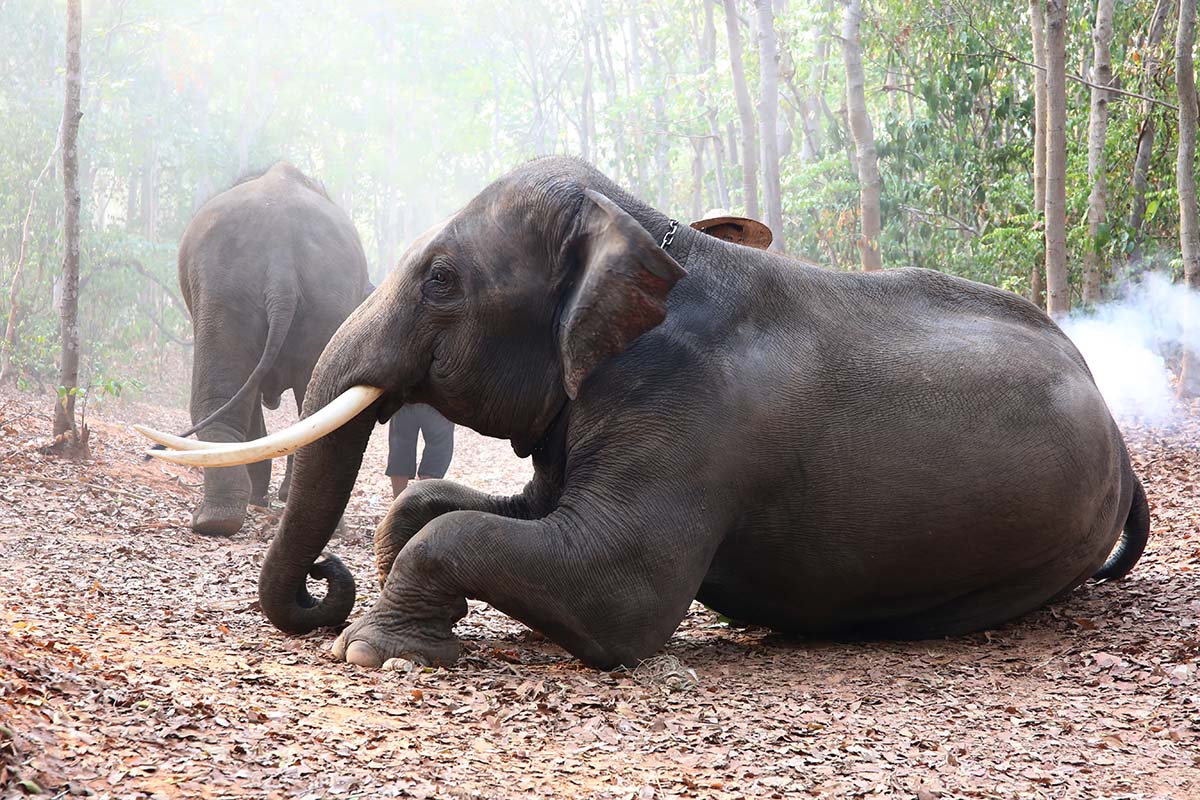Detection of elephant endotheliotropic herpesvirus (EEHV)1A DNA using in situ hybridization

Elephant endotheliotropic herpesvirus (EEHV) can cause EEHV hemorrhagic disease EEHVHD), leading to significant mortality in captive and free-ranging, young Asian and African elephants. Infection has profound implications for elephant population growth and sustainably. Knowing which tissues and cells the virus infects (tropism) to elicit disease is critical for understanding mechanisms of infection, dissemination, and shedding. Because viral inclusions are rare, however, determination of viral tropism requires sensitive methods. This study utilizes a novel in-situ hybridization technique (RNAscope®) to detect and localize EEHV1A in Asian elephant tissues with EEHV-HD lesions. RNAscope® offers enhanced specificity and sensitivity as compared with conventional protocols especially in archival samples. Results provide validation of RNAscope® protocols in elephant tissue for use in future investigations and possibly for diagnostic testing. Findings form the foundation for work towards understanding EEHV-HD pathogenesis. Importantly, knowledge of viral cellular/tissue tropism may enhance prevention and treatment strategies.
IEF #EX1032
Project Years: 2020
Project Partners:
Jennifer Landolfi, University of Illinois



